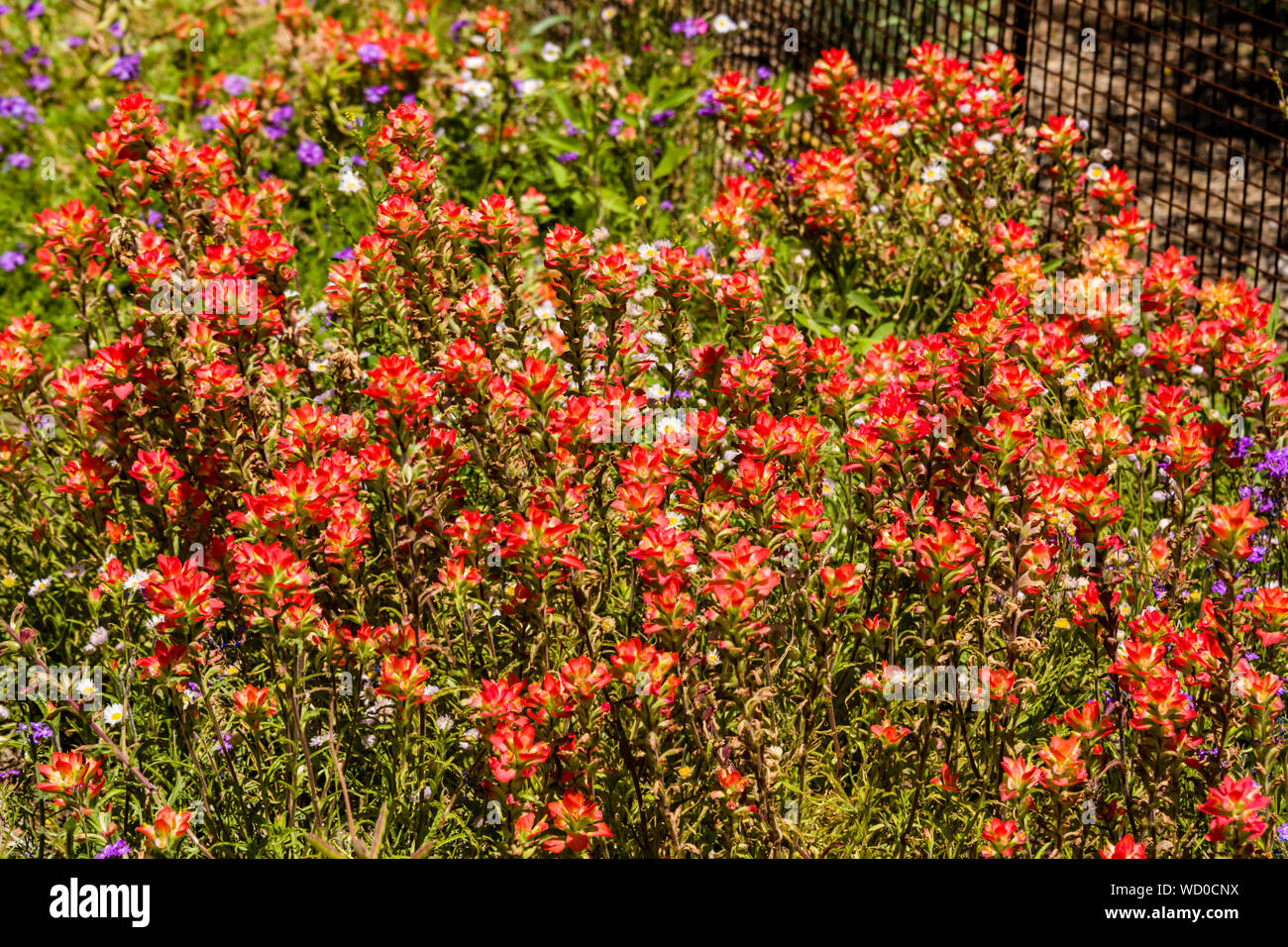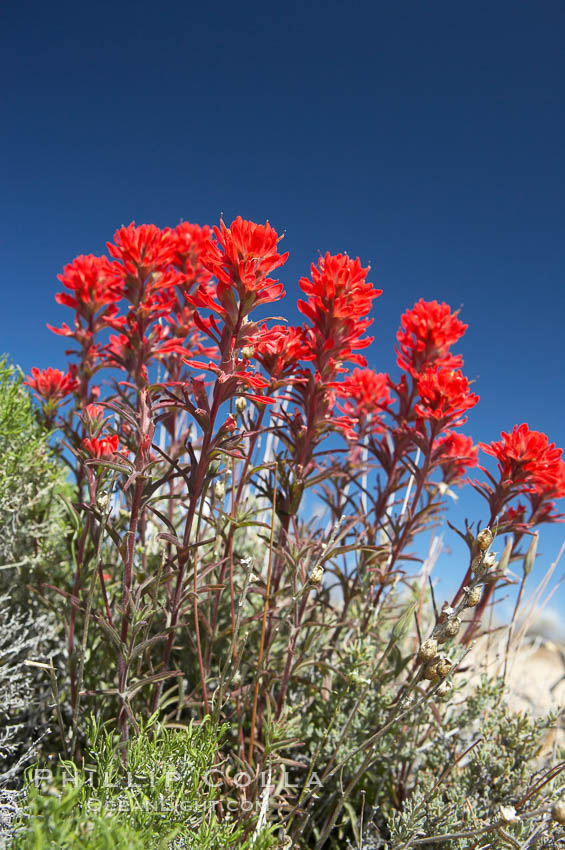

Some objected on the grounds that there were too many varieties and the flower was not common throughout the state. The Wyoming Chapter of the Daughters of the American Revolution felt it was time for Wyoming to designate a state flower and put their support behind the Indian Paintbrush. The Indian Paintbrush is the Wyoming State Flower.īy 1916, over half of the states had already designated a state flower. In the case of the paintbrush, these bracts get more attention than the inconspicuous cream-colored flowers.ĥ. These flowers are actually petallike bracts or colored leaves that grow below the actual flower of the plant. Indian Paintbrush are made up of bracts.įrom a distance, it appears that the slender stalk of the Indian Paintbrush is covered with flowers. Those free-loading paintbrushes are actually soaking up nutrients from their blue clad neighbors.Ĥ. So, the next time you see Indian Paintbrush growing alongside Texas Bluebonnets, you can pretty much know what’s going on. When the roots of the Indian Paintbrush come in contact with the roots of other plants and grasses, they latch on to their neighbor’s roots to get additional nutrients. This means that the Indian Paintbrush rely on other plants to grow. And, Native Americans soaked the plant in grease to make a hair oil.ĭon’t be alarmed. The Navajo Indians also used the plant for medicinal purposes. The name Grandmother’s Hair is attributed to the Chippewa Indians who used the plant to treat women’s diseases and rheumatism. Desert Indian Paintbrush (Castilleja chromosa) found along the Willow Springs Trail in the Red Rock Canyon National Conservation Area right outside Las Vegas. Most folks prefer to call it by its most popular name - Indian Paintbrush. This beautiful flower is also known by other names like Texas Paintbrush, Scarlet Paintbrush, Grandmother’s Hair, Common Red Paintbrush, Butterfly Weed, Prairie Fire, Painted Cup, and Painted Lady. The Indian Paintbrush has several aliases and uses. Another similar Native American legend also involves an artist whose discarded paint brushes became flowers.Ģ. These paint bushes later blossomed into plants. After completing his work, the artist then discarded his used paintbrushes around the landscape. The Great Spirit provided him with paintbrushes to create his painting. Frustrated that he could not produce any of the colors that matched the beauty of a sunset, he asked the Great Spirit for help. The name of this flower is based on the legend of an Indian who wanted to paint a sunset. Here are five interesting facts about this costar in the Lone Star State’s springtime wildflower extravaganza. These two flowers are often seen together, complementing one another on nature’s springtime screen.

The Indian Paintbrush, another beautiful flower, has earned a costarring role alongside the bluebonnet. This beautiful state flower is always a sight to behold when it makes its debut along our highways and byways. Look for them in habitats ranging from sagebrush-scrub to pinyon-juniper woodlands from March to August.The magnificent Texas Bluebonnet is the undisputed star of the wildflower show that premiers every spring in the Lone Star State. Dipped in bright red, these leaves exert a powerful tug over hummingbirds, butterflies, and people too.ĭesert Paintbrush can be found scattered throughout much of Parashant National Monument. When a creature notices the dazzling hue of a paintbrush bloom, it's actually being drawn to the plant's vivid bracts. Leaf like bracts, grow right below the flowers.

To attract visitors, Desert Paintbrush surrounds its small flowers in dazzling capsules of color. The paintbrushes' tiny flowers- yellow green tubes barely half a millimeter long- would remain forever solitary if it weren't for the help of a special leaf. Some, like the Desert Paintbrush (Castillege angustifolia), grow small, inconspicuous flowers that fail to attract the attention of pollinators. However, not all plants produce large, luscious blooms.

To make seeds, many flowers require the assistance of a bird, bee, butterfly or other insect. In the quest to reproduce and ensure survival of their species, most plants and animals need to attract either a mate or a helper. The above-ground growth dies annually but the roots live on in the soil allowing the plant to survive until conditions are once again favorable.Ĭommonly found on dry and rocky slopes of the Mojave Desert in sagebrush and shadscale scrub, This plant is an herbaceous perennial that grows within the desert scrub and woodlands. The flowers are encased in bright red to orange-red bracts Indian paintbrush stands under half a meter in height having bristly gray-green to purple-red herbage standing in a clump of erect stems.Įach stem is topped with somewhat tubular yellow green flowers. Desert Indian Paintbrush Castilleja angustifolia


 0 kommentar(er)
0 kommentar(er)
